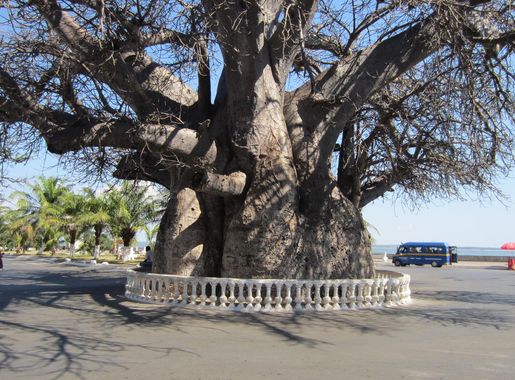
Mahajanga: The Jewel of Madagascar's West Coast
Explore Mahajanga, Madagascar's coastal gem, where stunning beaches, rich history, and unique wildlife create an unforgettable travel experience.
Mahajanga, also known as Majunga, is a vibrant city located on the northwest coast of Madagascar. With its rich history, stunning beaches, and unique wildlife, Mahajanga offers an unforgettable experience for travelers. The city's colonial architecture, bustling markets, and friendly locals create a welcoming atmosphere that draws visitors from around the world. The city's coastline is adorned with pristine beaches, perfect for swimming, sunbathing, and water sports. The nearby Cirque Rouge, a natural amphitheater of red rocks, provides a breathtaking backdrop for hiking and photography. Mahajanga's coastal charm is enhanced by the picturesque sunsets that paint the sky with hues of orange and pink. Mahajanga is also a gateway to some of Madagascar's most remarkable natural attractions. The Ankarafantsika National Park, located just a few hours away, is home to diverse flora and fauna, including several species of lemurs. The park's dense forests, lakes, and canyons offer endless opportunities for exploration and adventure. In addition to its natural beauty, Mahajanga boasts a rich cultural heritage. The city's lively festivals, such as the Donia Music Festival, celebrate the island's vibrant traditions and provide a glimpse into the local way of life. Visitors can also explore the city's historical sites, including the Mahajanga Cathedral and the Old Town, which reflect the city's diverse cultural influences.
Local tips in Mahajanga
- Visit the local markets early in the morning for the freshest produce and a lively atmosphere.
- Bring sunscreen and stay hydrated, as the tropical climate can be quite intense.
- Hire a local guide when exploring the Cirque Rouge and Ankarafantsika National Park for a more informative experience.
- Respect local customs and traditions, especially when visiting religious or historical sites.
Mahajanga: The Jewel of Madagascar's West Coast
Mahajanga, also known as Majunga, is a vibrant city located on the northwest coast of Madagascar. With its rich history, stunning beaches, and unique wildlife, Mahajanga offers an unforgettable experience for travelers. The city's colonial architecture, bustling markets, and friendly locals create a welcoming atmosphere that draws visitors from around the world. The city's coastline is adorned with pristine beaches, perfect for swimming, sunbathing, and water sports. The nearby Cirque Rouge, a natural amphitheater of red rocks, provides a breathtaking backdrop for hiking and photography. Mahajanga's coastal charm is enhanced by the picturesque sunsets that paint the sky with hues of orange and pink. Mahajanga is also a gateway to some of Madagascar's most remarkable natural attractions. The Ankarafantsika National Park, located just a few hours away, is home to diverse flora and fauna, including several species of lemurs. The park's dense forests, lakes, and canyons offer endless opportunities for exploration and adventure. In addition to its natural beauty, Mahajanga boasts a rich cultural heritage. The city's lively festivals, such as the Donia Music Festival, celebrate the island's vibrant traditions and provide a glimpse into the local way of life. Visitors can also explore the city's historical sites, including the Mahajanga Cathedral and the Old Town, which reflect the city's diverse cultural influences.
When is the best time to go to Mahajanga?
Iconic landmarks you can’t miss
Baobab Tree Hotel & Spa
Discover the perfect blend of luxury and nature at Baobab Tree Hotel & Spa in Mahajanga, Madagascar. A serene retreat for relaxation and adventure awaits.
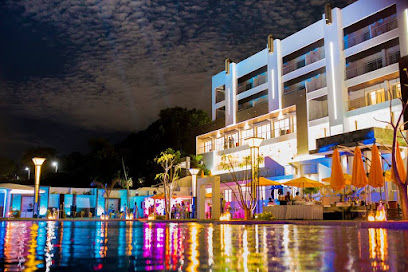
Le Baobab de Majunga
Discover the enchanting beauty of Le Baobab de Majunga, a must-visit tourist attraction in Mahajanga, showcasing Madagascar's iconic baobab trees.
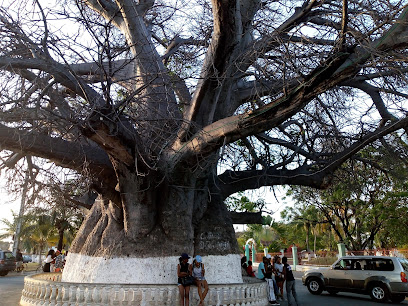
Chez Karon
Discover the charm of Mahajanga at Chez Karon, a hotel offering comfort, local culture, and easy access to stunning beaches and attractions.

CIRQUE ROUGE
Explore Cirque Rouge in Mahajanga, a stunning national reserve known for its striking red cliffs and diverse hiking trails amidst Madagascar's natural beauty.
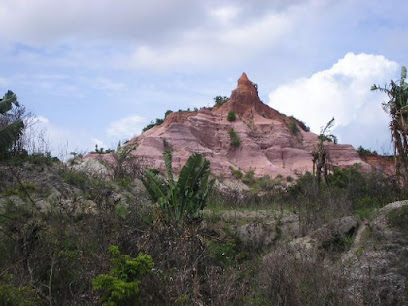
Zahamotel
Discover comfort and local charm at Zahamotel in Mahajanga, Madagascar – your ideal base for exploring the coastal beauty and vibrant culture.

Amborovy Airport
Discover the vibrant culture and stunning landscapes of Mahajanga, starting your adventure at Amborovy Airport, Madagascar's welcoming gateway.
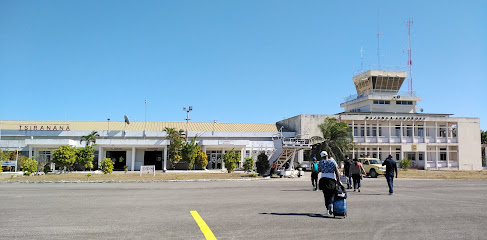
Petite Plage, Majunga
Experience the best of local seafood and stunning ocean views at Petite Plage, Majunga's premier beachside restaurant.
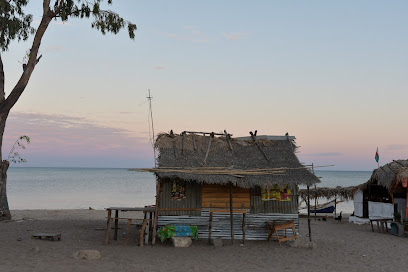
Holidays Hotel Majunga
Discover the beauty of Mahajanga at Holidays Hotel Majunga, your perfect retreat for relaxation and adventure in Madagascar's tropical paradise.
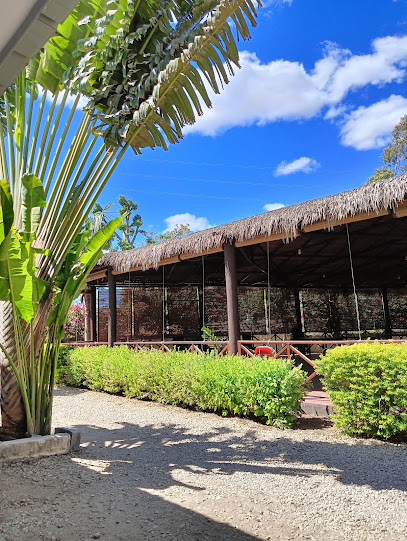
Fishing Résidence
Discover the charm of Mahajanga at Fishing Résidence, a tranquil hotel offering stunning ocean views and a serene getaway in Madagascar.
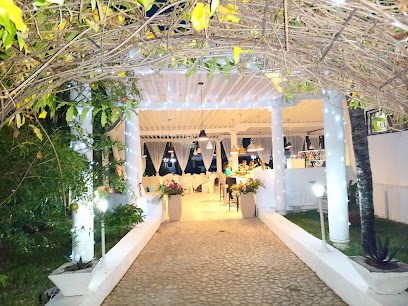
Mahajanga,Madagascar
Explore Mahajanga, Madagascar: A coastal paradise bursting with culture, adventure, and stunning natural beauty.
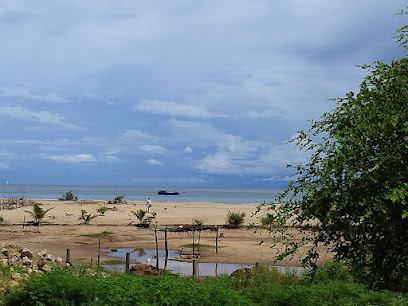
Grottes de Belobaka
Explore the stunning underground world of Grottes de Belobaka, a natural wonder in Madagascar offering breathtaking geological formations and rich biodiversity.
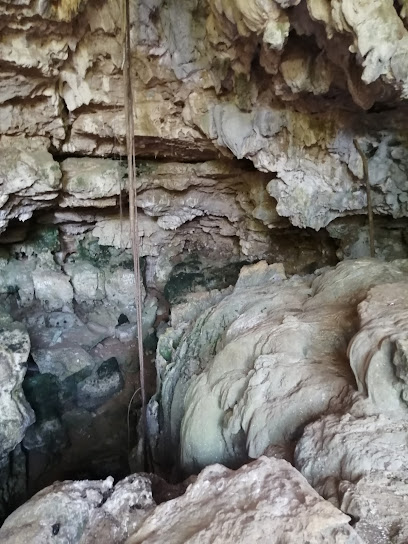
Phare de katsepy
Discover the iconic Phare de Katsepy, a stunning lighthouse in Madagascar offering breathtaking ocean views and rich maritime history.
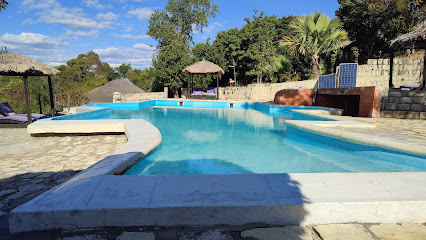
Ampazony Lodge
Discover peace and adventure at Ampazony Lodge in Mahajanga, Madagascar, where nature meets comfort in a stunning tropical paradise.

Majunga Antonov
Explore Majunga Antonov, a stunning monument capturing the essence of Mahajanga's rich history and vibrant artisan culture.
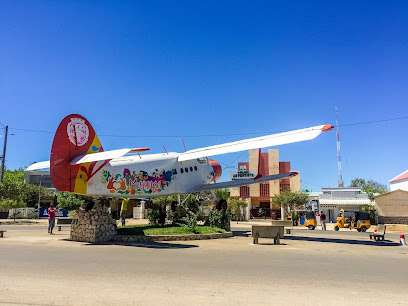
MAHAJANGA
Discover the enchanting coastal city of Mahajanga, where vibrant culture meets stunning beaches and rich history in Madagascar.
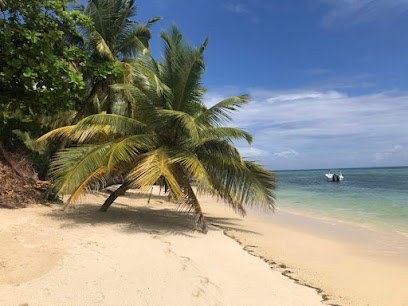
Unmissable attractions to see
Le Baobab de Majunga
Experience the breathtaking beauty of Le Baobab de Majunga, a natural wonder in Mahajanga, Madagascar, rich in culture and biodiversity.
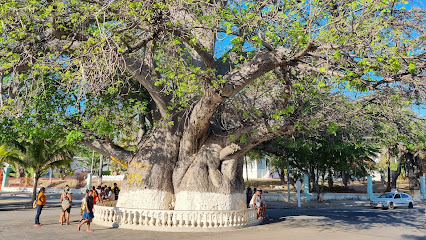
CIRQUE ROUGE
Explore the stunning landscapes of Cirque Rouge, a breathtaking national reserve in Mahajanga, Madagascar, known for its red rock formations and rich biodiversity.
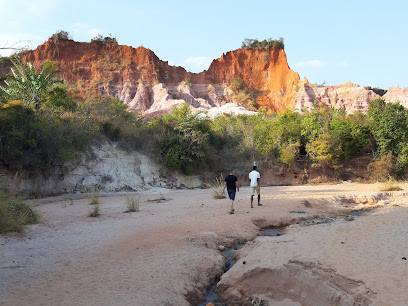
Village Touristique
Explore the vibrant culture and breathtaking landscapes of Village Touristique in Mahajanga, Madagascar – a true gem for every traveler.
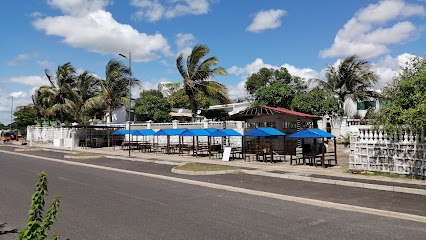
Ponton de mer
Discover the stunning vistas and serene atmosphere at Ponton de Mer, Mahajanga's premier observation deck overlooking the Indian Ocean.

AQUALAND PARK MAHAJANGA
Experience the thrill and excitement of Aqualand Park Mahajanga, the premier water park in Madagascar, perfect for families and adventure seekers.
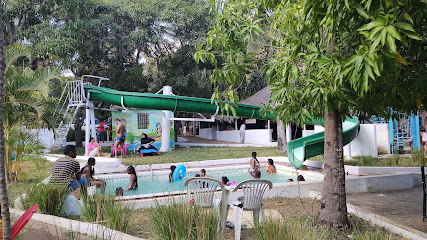
Bord de la mer
Discover the enchanting beauty of Bord de la Mer in Mahajanga, where pristine beaches meet vibrant culture and breathtaking ocean views.
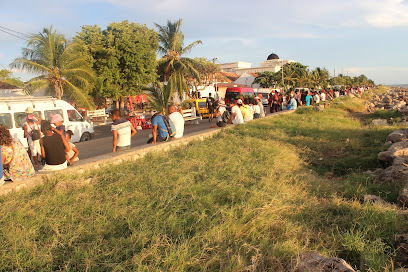
Grottes de Belobaka
Experience the captivating beauty of Grottes de Belobaka, a stunning limestone cave system in Madagascar, home to breathtaking geological formations.
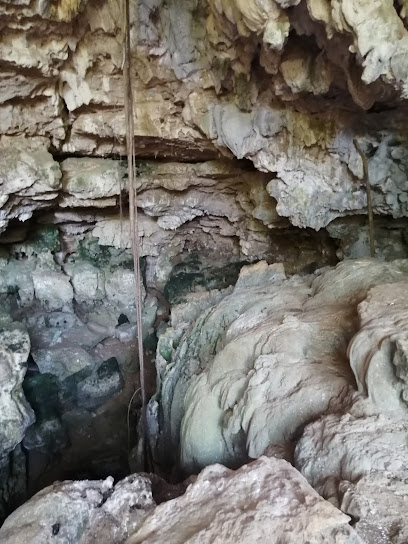
Phare de katsepy
Explore the breathtaking Phare de Katsepy lighthouse near Mahajanga, where stunning views and rich culture await every traveler.
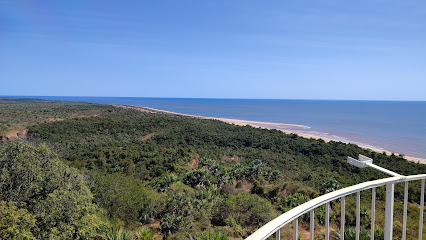
Municipal Santatra Garden
Experience the tranquility of Municipal Santatra Garden in Mahajanga, Madagascar, a lush city park perfect for relaxation and nature exploration.
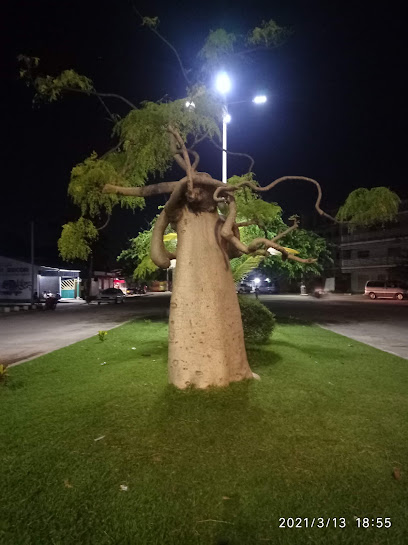
ParcNB@SIB Mahajanga
Explore the tranquil beauty of ParcNB@SIB Mahajanga, a serene park perfect for relaxation, picnics, and nature walks in Madagascar's vibrant city.
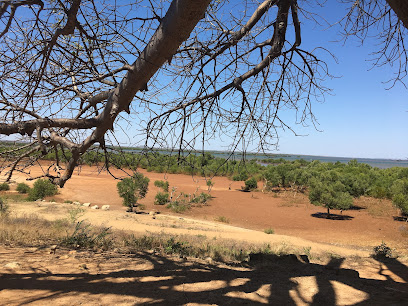
Boulevard
Discover the tranquil beauty and vibrant culture of Boulevard in Mahajanga, a must-visit tourist attraction on Madagascar's stunning coastline.
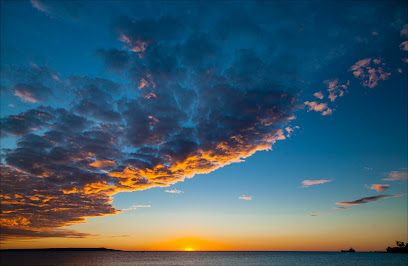
Domaine MILYMS
Discover the tranquil beauty of Domaine MILYMS, a hidden gem in Mahajanga, where lush gardens and serene pathways create a perfect escape into nature.

Avenue Philibert Tsiranana Garden
Explore the lush beauty of Avenue Philibert Tsiranana Garden in Mahajanga, Madagascar, where tranquility meets vibrant flora in a tropical paradise.
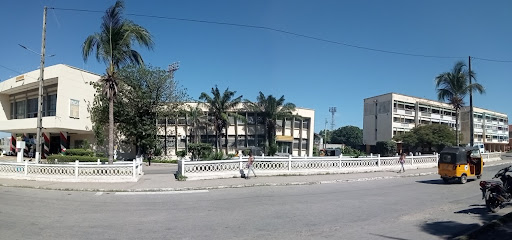
ANTSAHABINGO
Explore Antsahabingo, a hidden gem in Mahajanga, Madagascar, where natural beauty meets rich cultural experiences in a serene environment.
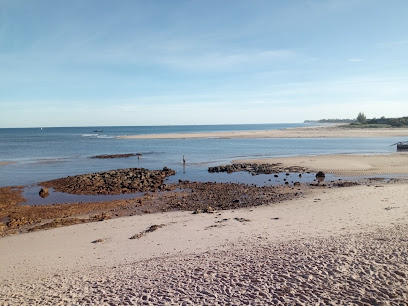
Champs
Discover the enchanting beauty of Champs Garden in Mahajanga, Madagascar, where lush landscapes and tranquility await every visitor.

Essential places to dine
Hôtel Restaurant Gourmand Coco Lodge Majunga
Experience the vibrant flavors of Madagascar at Hôtel Restaurant Gourmand Coco Lodge Majunga - where comfort meets culinary excellence.
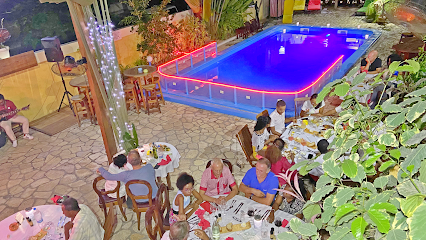
Le guest
Experience exquisite dining at Le Guest in Mahajanga - where local flavors meet international cuisine along the beautiful coast.
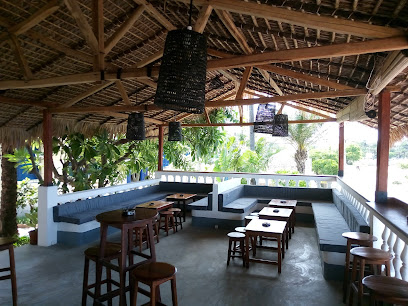
La petite cour
Discover the essence of Malagasy cuisine at La Petite Cour in Mahajanga, where every dish tells a story of local tradition and flavor.

La Rotonde
Experience the vibrant flavors of Madagascar at La Rotonde in Mahajanga – where every meal is a delightful journey through local cuisine.
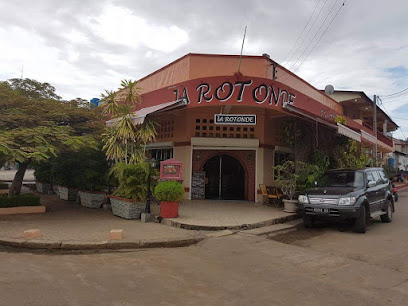
La Promenade - Majunga
Discover La Promenade in Majunga - A culinary oasis offering fresh seafood and Italian cuisine amidst stunning views.
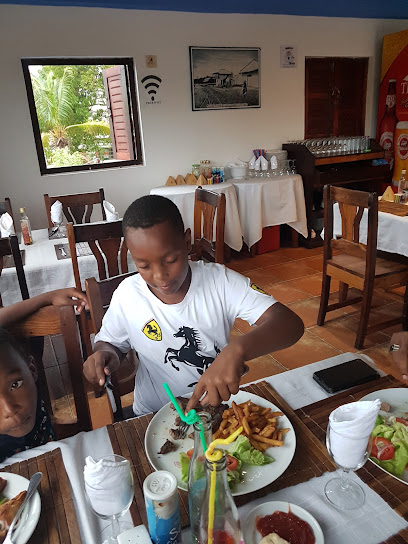
Restaurant Karibo Mahoraise
Experience the authentic flavors of Madagascar at Restaurant Karibo Mahoraise in vibrant Mahajanga - a must-visit culinary destination.
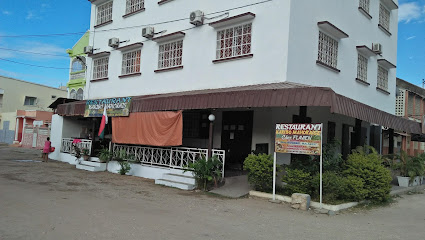
AQUARhum
Discover the delightful flavors of Italy at AQUARhum in Mahajanga – where every pizza tells a story.
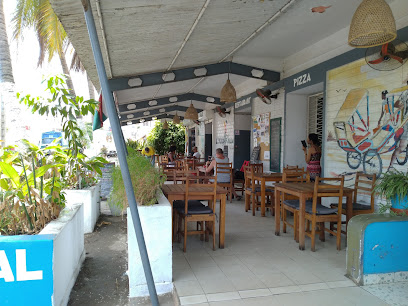
Retaurant papy raleur
Experience the best of French cuisine in Mahajanga at Restaurant Papy Raleur – where exquisite flavors meet warm hospitality.
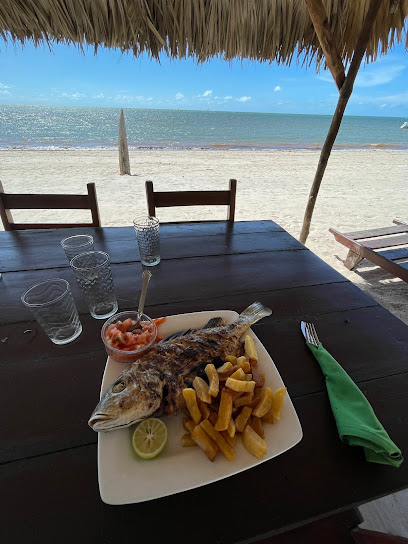
Parad'Ice Restaurant
Experience the essence of Madagascar's culinary delights at Parad'Ice Restaurant in Mahajanga - where taste meets tradition.
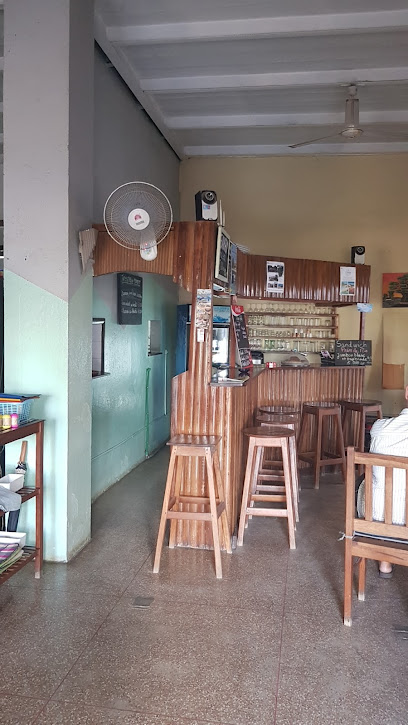
Lo següent
Indulge in delightful sundaes at Lo següent - Mahajanga's sweetest destination for dessert lovers.
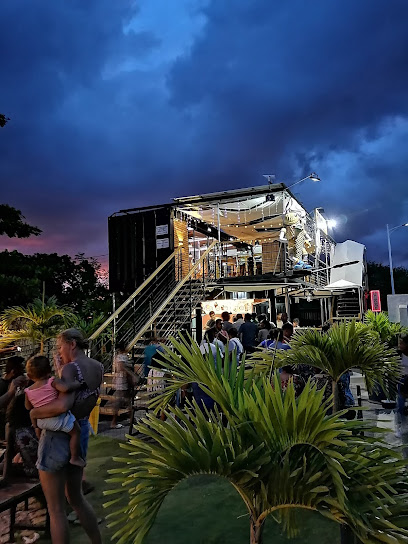
Bolo - Italian Restaurant & Gelato
Experience authentic Italian cuisine and exquisite gelato at Bolo in Mahajanga – where every meal feels like a vacation.
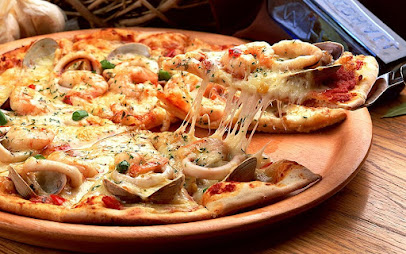
L'Annexe
Experience authentic French cuisine at L'Annexe in Mahajanga – where elegance meets local flavor.
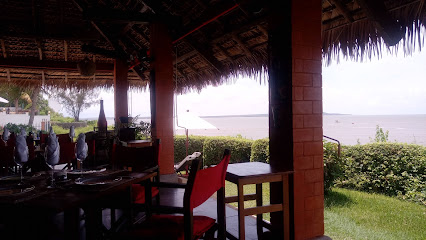
Coco loko
Discover the flavors of Madagascar at Coco Loko, where local cuisine meets fast food comfort in Mahajanga's vibrant dining scene.
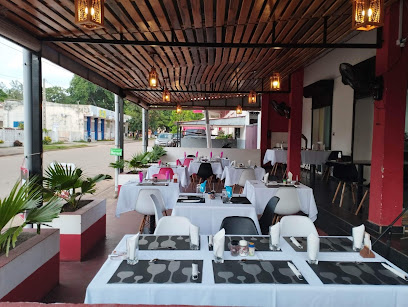
Restaurant Gourmand Coco Lodge Majunga
Experience the flavors of Madagascar at Restaurant Gourmand Coco Lodge Majunga - where exquisite cuisine meets stunning ambiance.
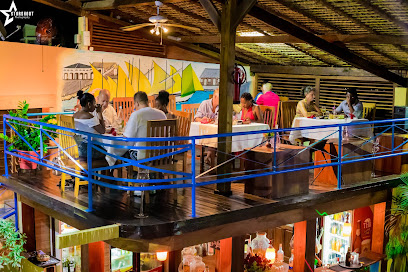
Reg halal majunga
Discover authentic halal cuisine at Reg Halal Majunga in Mahajanga – where every dish tells a story of flavor and tradition.
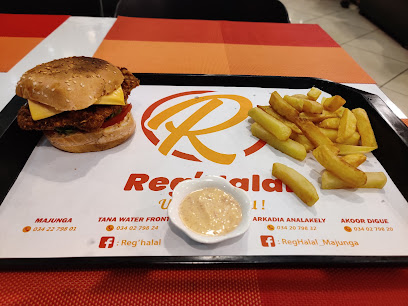
Markets, malls and hidden boutiques
Score Majunga
Discover the flavors and culture of Madagascar at Score Majunga, the vibrant supermarket in Mahajanga.
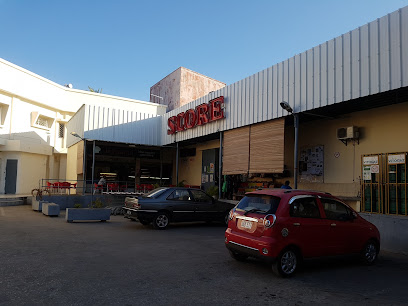
Leader Price
Explore the vibrant offerings of Leader Price in Mahajanga, a supermarket blending local flavor with international goods for a delightful shopping experience.
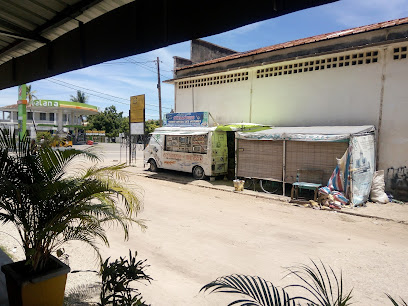
Patisserie saify
Discover the delightful flavors of Madagascar at Patisserie Saify, where every pastry is a work of art waiting to be savored.
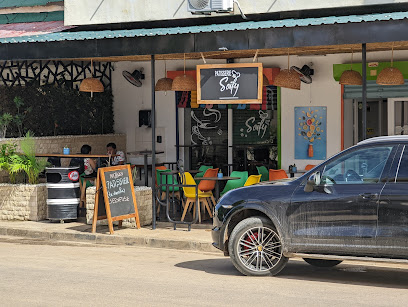
Shoprite Majunga
Discover the flavors of Madagascar at Shoprite Majunga, your ultimate supermarket destination in Mahajanga offering fresh produce, bakery delights, and quality meats.
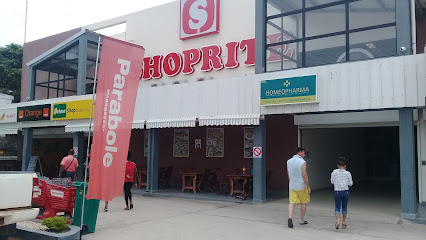
BAZAR BE Mahajanga
Discover the vibrant tastes of Madagascar at BAZAR BE Mahajanga, a fresh food market brimming with local flavors and cultural experiences.
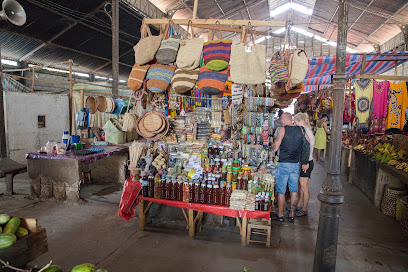
DOUBLE CLICK MAJUNGA
Explore the latest in electronics at Double Click Majunga, Mahajanga's premier tech destination for travelers and locals alike.
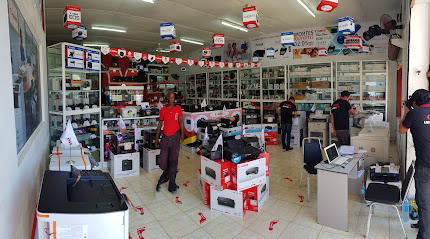
Bijouterie Rêve d'Or
Explore Bijouterie Rêve d'Or in Mahajanga for exquisite, locally crafted jewelry that showcases the vibrant culture of Madagascar.
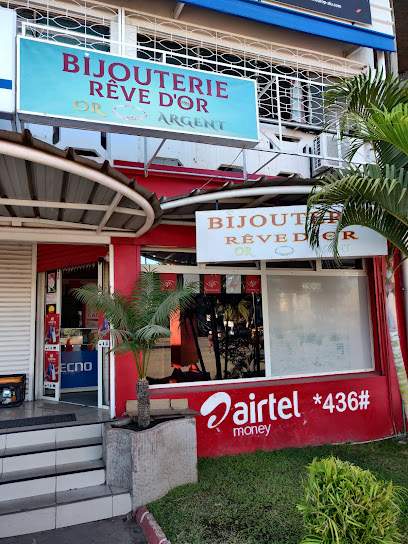
Supermaki Mazava Huile
Discover the vibrant flavors of Madagascar at Supermaki Mazava Huile, your one-stop supermarket for local and international delights in Mahajanga.
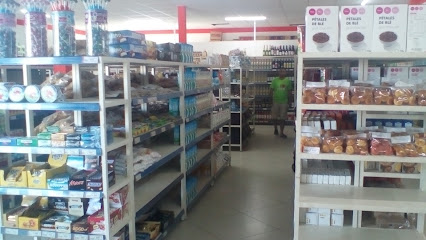
bijouterie BALARA à Majunga
Experience the exquisite craftsmanship of Bijouterie BALARA in Majunga, where local artistry meets unique jewelry treasures.

DRYM (ex-mafoam)
Explore exceptional bedding solutions at DRYM (ex-mafoam) in Mahajanga, where comfort meets quality craftsmanship.
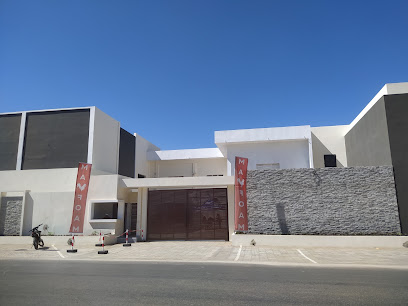
Mahabibo Bijoux Kati
Explore the exquisite jewelry collection at Mahabibo Bijoux Kati, a true gem in Mahajanga, Madagascar, reflecting local craftsmanship and culture.
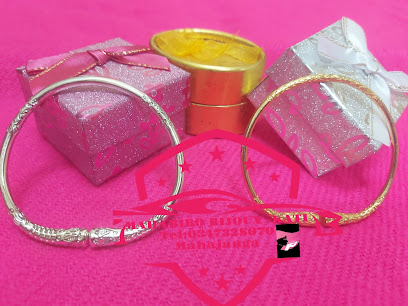
Pêchexport
Experience the freshest seafood in Mahajanga at Pêchexport, your gateway to Madagascar's rich maritime flavors and local delicacies.
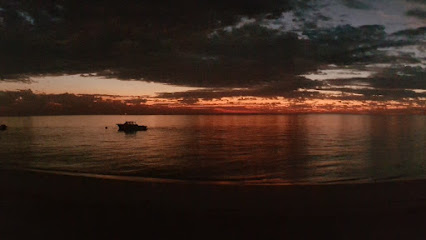
MAKI AMBOVOALANANA
Discover the unique charm of MAKI AMBOVOALANANA, the boutique that showcases Madagascar's rich culture and craftsmanship in Mahajanga.
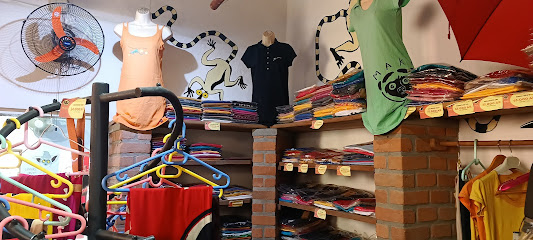
Chez Gaëlle
Discover the heart of Mahajanga at Chez Gaëlle, a charming general store offering local delights and unique souvenirs.

EPIS BAR RUN
Explore the vibrant flavors of Madagascar at EPIS BAR RUN, your go-to grocery store in Mahajanga for local produce and unique snacks.
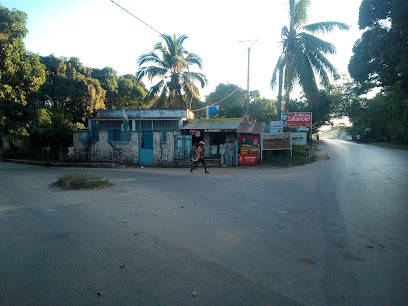
Essential bars & hidden hideouts
LE ZANZIBAR
Discover the lively atmosphere of Le Zanzibar, Mahajanga's premier bar, where local culture meets refreshing drinks and unforgettable nights.
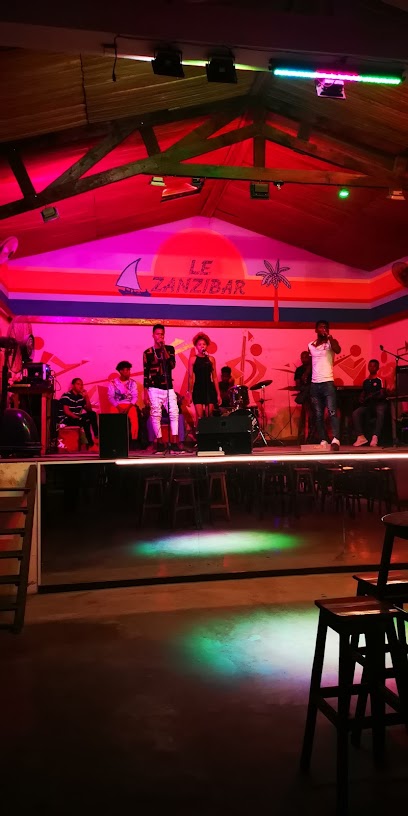
AMIN-TSIKA BAR Le chez nous
Discover the vibrant local nightlife at AMIN-TSIKA BAR Le chez nous, a lively bar in Mahajanga offering delicious drinks and a welcoming atmosphere.

Le Bon Alibi
Experience the vibrant nightlife at Le Bon Alibi, a charming bar in Mahajanga, offering delightful drinks and a lively atmosphere for all visitors.
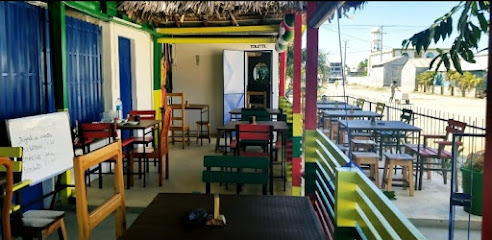
ÉPI-BAR AINA
Discover the vibrant atmosphere of ÉPI-BAR AINA in Mahajanga, where local culture meets refreshing beverages in a charming setting.

Blues Rock Café
Discover the lively atmosphere of Blues Rock Café in Mahajanga, where great music and delicious drinks create unforgettable nights.
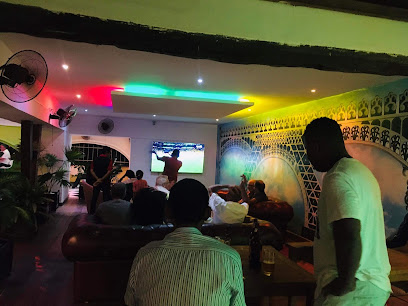
Lounge Bar 401
Discover the vibrant atmosphere of Lounge Bar 401 in Mahajanga, where refreshing drinks and local culture meet for an unforgettable experience.
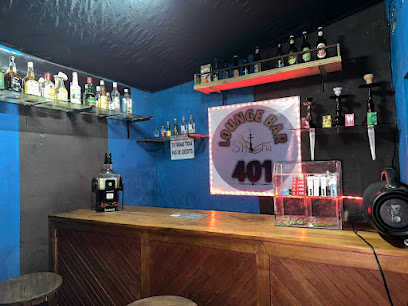
BAR LE CAPITAL
Discover the lively spirit of Mahajanga at Bar Le Capital, a premier bar offering refreshing drinks and a vibrant atmosphere.

Rabenera
Discover the lively atmosphere at Rabenera, a must-visit bar in Mahajanga, Madagascar, where local culture meets vibrant nightlife.

Epi-bar Kintana A.Centauri
Discover the cosmic charm of Epi-bar Kintana A.Centauri in Mahajanga, where vibrant nightlife meets local flavors in an enchanting atmosphere.
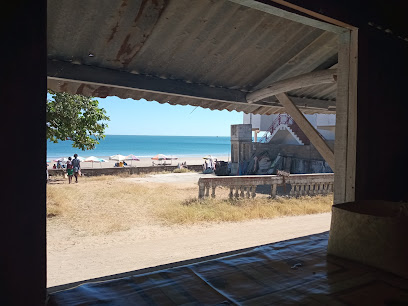
BAR CARREAUX AMBALAVOLA MAJUNGA
Discover the lively ambiance of Bar Carreaux Ambalavola, a vibrant bar in Mahajanga offering a local flavor in drinks and culture.
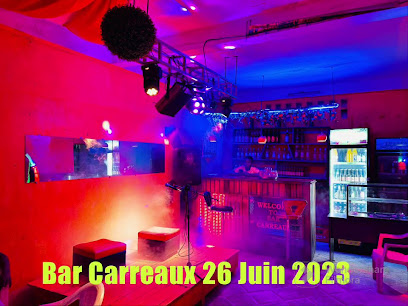
Bar Tsararivotra 2
Discover the vibrant nightlife at Bar Tsararivotra 2, Mahajanga's favorite karaoke bar for unforgettable music and local culture.

Bar Mangabe Antanimasaja
Experience the vibrant local culture at Bar Mangabe Antanimasaja in Mahajanga, a lively bar offering authentic Malagasy drinks and entertainment.

Amborovy
Experience the vibrant nightlife of Mahajanga at Amborovy, where great drinks and lively entertainment await.

Surpise
Experience the vibrant nightlife at Surpise, Mahajanga's favorite bar for refreshing drinks and live entertainment, where local culture comes alive.

Lounge vibes
Unwind in the vibrant atmosphere of Lounge Vibes, Mahajanga's premier spot for relaxation and socializing with local flair.

Local Phrases
-
- HelloSalama
[sa-la-ma] - GoodbyeVeloma
[ve-lo-ma] - YesEny
[en-y] - NoTsia
[tsi-a] - Please/You're welcomeAzafady
[a-za-fa-dy] - Thank youMisaotra
[mi-sa-ou-tra] - Excuse me/SorryAzafady
[a-za-fa-dy] - How are you?Inona ny vaovao?
[i-no-na ny va-ou-va-o?] - Fine. And you?Tsara. Ary ianao?
[tsa-ra. a-ri a-nao?] - Do you speak English?Miteny anglisy ianao?
[mi-te-ny ang-li-sy ya-nao?] - I don't understandTsy mahay
[tsi ma-hai]
- HelloSalama
-
- I'd like to see the menu, pleaseMilalao ny menio, azafady
[mi-la-la-o ny me-ni-o, a-za-fa-dy] - I don't eat meatTsy mihinam-be
[tsi mi-hi-na-m-be] - Cheers!Mazotoa!
[ma-zo-to-a] - I would like to pay, pleaseTianao hahazo vola, azafady
[tia-nao ha-ha-zo vo-la, a-za-fa-dy]
- I'd like to see the menu, pleaseMilalao ny menio, azafady
-
- Help!Fanampiana!
[fa-nam-pia-na] - Go away!Mamono!
[ma-mo-no] - Call the Police!Mifanaraka amin'ny polisy!
[mi-fa-na-ra-ka a-mi-ny po-li-sy] - Call a doctor!Mifanaraka amin'ny dokotera!
[mi-fa-na-ra-ka a-mi-ny do-ko-te-ra] - I'm lostMandeha tonga
[man-de-ha tonga] - I'm illMandeha hafa
[man-de-ha ha-fa]
- Help!Fanampiana!
-
- I'd like to buy...Tianao hanome...
[tia-nao ha-no-me...] - I'm just lookingMihinam-bary
[mi-hi-na-m-ba-ri] - How much is it?Ahoana ny vidiny?
[a-ho-a-na ny vi-di-ny?] - That's too expensiveMahafinaritra be
[ma-ha-fi-na-ri-tra be] - Can you lower the price?Aza mampilefy ny vidiny?
[a-za mam-pi-le-fy ny vi-di-ny?]
- I'd like to buy...Tianao hanome...
-
- What time is it?Inona no ora?
[i-no-na no o-ra] - It's one o'clockEnina alina
[e-ni-na a-li-na] - Half past (10)Efapolo sy folo
[e-fa-po-lo si fo-lo] - MorningMaraina
[ma-ra-i-na] - AfternoonAntoandro
[an-to-an-dro] - EveningHariva
[ha-ri-va] - YesterdayOmaly
[o-ma-li] - TodayAnio
[a-ni-o] - TomorrowRahampitso
[ra-ham-pi-tso] - 1Iray
[i-ray] - 2Roa
[ro-a] - 3Telo
[te-lo] - 4Efatra
[e-fa-tra] - 5Dimy
[di-my] - 6Enina
[e-ni-na] - 7Fito
[fi-to] - 8Valo
[va-lo] - 9Sivy
[si-vy] - 10Folo
[fo-lo]
- What time is it?Inona no ora?
-
- Where's a/the...?Aiza ny...
[ai-za ny...] - What's the address?Inona ny adiresy?
[i-no-na ny a-di-re-sy] - Can you show me (on the map)?Aza mampiseho ahy (amin'ny sarintany)?
[a-za mam-pi-se-ho a-y (a-mi-ny sa-rin-ta-ny)] - When's the next (bus)?Aiza indray ny vola?
[ai-za in-dra-ny ny vo-la] - A ticket (to ....)Tiketa (ho ...)
[ti-ke-ta (ho ...)]
- Where's a/the...?Aiza ny...
History of Mahajanga
-
Mahajanga, also known as Majunga, has a rich history that dates back to the early settlements of the Sakalava people. By the 16th century, it became an important trading post due to its strategic location on the northwest coast of Madagascar. Arab, Persian, Indian, and European traders all frequented its port, exchanging goods such as spices, textiles, and precious stones.
-
In the late 19th century, Mahajanga was significantly influenced by French colonization. The French took control of Madagascar in 1896, and Mahajanga became one of the key administrative and military centers in the colony. The city's architecture from this period, including colonial buildings and wide boulevards, reflects this era of European influence.
-
The Sakalava Kingdom played a crucial role in the history of Mahajanga. The kingdom, which flourished during the 17th and 18th centuries, extended its influence over much of western Madagascar. Mahajanga served as a vital port for the Sakalava, facilitating trade and political alliances. The legacy of the Sakalava can still be seen today in local customs, traditions, and governance.
-
During the 17th and early 18th centuries, Mahajanga was notorious for being a haven for pirates. The secluded bays and coves provided perfect hideouts for these seafarers. Pirates like William Kidd and Olivier Levasseur, also known as La Buse, were rumored to have frequented the region, adding a layer of intrigue and adventure to its historical narrative.
-
During World War II, Mahajanga was a strategic point for both the Allies and the Axis powers. In 1942, the city was a focal point during the Battle of Madagascar, where British forces aimed to prevent Japanese expansion by seizing control from the Vichy French. This battle marked an important episode in the city's modern history, influencing its military and political landscape.
-
Following Madagascar's independence from France in 1960, Mahajanga experienced significant growth and development. It became a vibrant hub for commerce, tourism, and education. The city is known for its diverse population, including communities of Comorian, Indian, and Chinese descent, which contribute to its multicultural atmosphere.
-
Mahajanga is renowned for its rich cultural heritage, showcased in various festivals and celebrations throughout the year. The 'Sambatra' ceremony, a traditional Sakalava circumcision ritual held every seven years, attracts people from all over the region. The city also hosts the 'Festival des Baleines' (Whale Festival), celebrating marine life and promoting environmental conservation.
-
Mahajanga has faced its share of natural disasters, including cyclones and flooding. One significant event was Cyclone Gafilo in 2004, which caused widespread damage. Despite these challenges, the resilience of its inhabitants has been remarkable, with the community coming together to rebuild and restore the city's vibrancy.
Mahajanga Essentials
-
Mahajanga is accessible via Amborovy Airport (also known as Mahajanga Airport), which hosts domestic flights primarily from Antananarivo, the capital of Madagascar. The flight from Antananarivo to Mahajanga takes approximately one hour. Alternatively, you can travel by road from Antananarivo, a journey that typically takes around 10-12 hours by car or bus. The road trip offers scenic views but can be long and tiring.
-
Once in Mahajanga, you have several transportation options. Taxis are readily available and can be hailed on the street or booked in advance. Tuk-tuks (three-wheeled vehicles) are also popular and are a cost-effective way to get around the city. Buses and minibuses (taxi-be) operate on set routes and are the cheapest mode of transport, though they can be crowded. For more flexibility, you might consider renting a car, but be aware that driving conditions can be challenging.
-
The official currency in Madagascar is the Malagasy Ariary (MGA). Credit cards are accepted in some hotels, restaurants, and larger shops, but it's advisable to carry cash, especially when visiting smaller establishments and markets. ATMs are available in Mahajanga, but it is wise to have enough cash on hand for daily expenses. Currency exchange services are available at banks and some hotels.
-
Mahajanga is generally safe for tourists, but it is essential to take standard precautions. Petty crimes such as pickpocketing and bag snatching can occur, particularly in crowded areas like markets and bus stations. High-crime areas targeting tourists include the Ambalavola and Tsararano neighborhoods, so it's best to avoid these areas, especially after dark. Always keep an eye on your belongings and avoid walking alone at night.
-
In case of emergency, dial 117 for police assistance or 124 for medical emergencies. The main hospital in Mahajanga is Hopital Androva, which provides emergency medical services. It is advisable to have travel insurance that covers medical emergencies. Pharmacies are available for minor health issues and over-the-counter medications.
-
Fashion: Do dress modestly, particularly when visiting religious sites. Avoid wearing revealing clothing. Religion: Do respect local customs and traditions. Remove your shoes and cover your head when entering places of worship. Public Transport: Do be polite and patient when using public transport. Don't eat or drink on buses and minibuses. Greetings: Do greet people with a handshake and a friendly 'Salama!' (Hello). Eating & Drinking: Do try local dishes and accept food offerings graciously. Don't refuse hospitality, as it is considered impolite.
-
To experience Mahajanga like a local, visit the vibrant Mahajanga Market where you can buy fresh produce, spices, and traditional Malagasy crafts. Engage with the locals, as they are known for their friendliness and hospitality. Don't miss the opportunity to watch a sunset at the famous Baobab Tree Avenue, a popular spot for both locals and tourists. For a unique experience, take a boat trip on the Betsiboka River to see the stunning red waters caused by the iron-rich soil.
Nearby Cities to Mahajanga
-
Things To Do in Majunga
-
Things To Do in Chirongui
-
Things To Do in Bandrele
-
Things To Do in Nosy Be
-
Things To Do in Dembeni
-
Things To Do in Sada
-
Things To Do in Chiconi
-
Things To Do in Mamoudzou
-
Things To Do in Koungou
-
Things To Do in Acoua
-
Things To Do in Antananarivo
-
Things To Do in Andasibe
-
Things To Do in Toamasina
-
Things To Do in Domoni
-
Things To Do in Ouani

